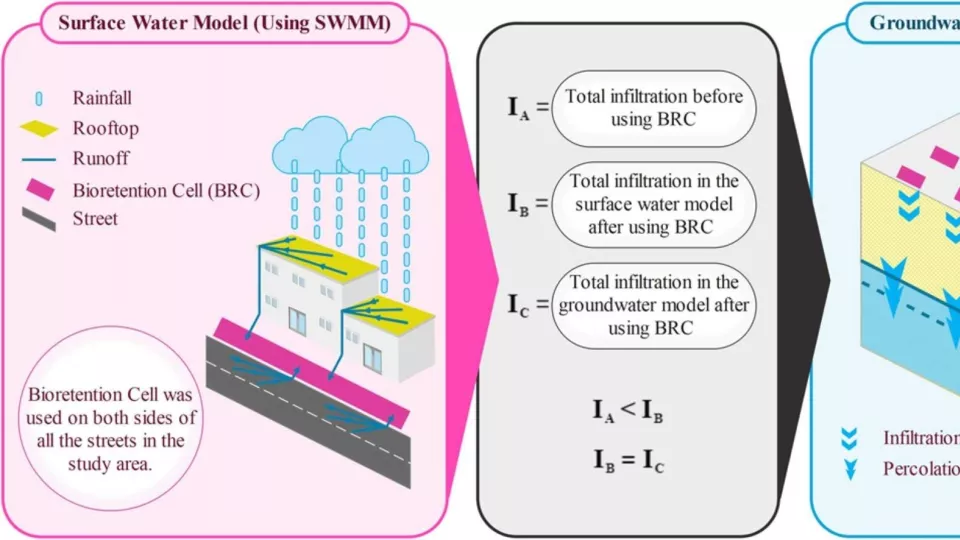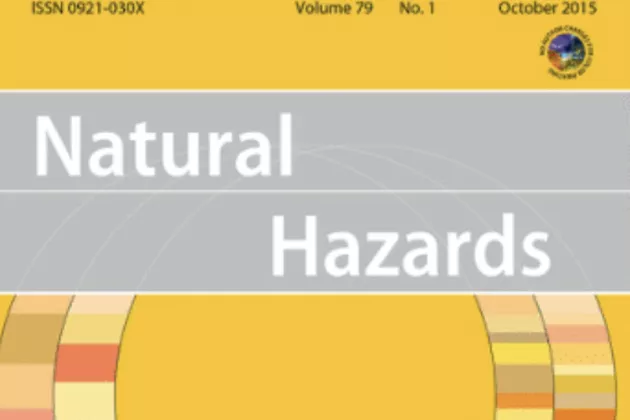CMES Deputy Director Ronny Berndtsson has co-authored the article "Block-scale use of bioretention cells to restore the urban water balance: A case study in Tehran metropolis" together with Milad Mehri (University of Tehran), S. Mehdy Hashemy Shahdany (University of Tehran), Saman Javadi (University of Tehran) and Maryam Movahedinia (Oklahoma State University). The article is published in the Journal of Hydrology: Regional Studies.
Abstract
Study region: A densely populated urban area located in the 13th municipality of Tehran metropolis, Iran.
Bioretention cell is one of the low-impact development methods that aims to restore the hydrological cycle in city areas before urban development. However, the bioretention cell's hydrological performance can vary in urban environments. As a result, this research investigated the effectiveness of a bioretention cell in reducing runoff and recharging groundwater in a densely populated metropolitan area located in eastern Tehran, Iran. Groundwater and surface water modeling were conducted separately. The SWMM model was used for surface water modeling, while a novel approach that utilized the SWMM groundwater module was implemented to assess the bioretention cell's impact on groundwater recharge quantitatively.
The study found that implementing bioretention cells can significantly reduce total runoff volume, ranging from 75.6% to 60.7% for rainfall with a return period of 2–100 years. This reduction is due to increased infiltration from the bioretention cells, which can lead to a maximum monthly increase of 12.2–44.0 millimeters of groundwater table for the same rainfall events. The study highlights the effectiveness of retaining runoff through bioretention cells in mitigating flooding, restoring the hydrological cycle, and reviving aquifers in urban areas.




